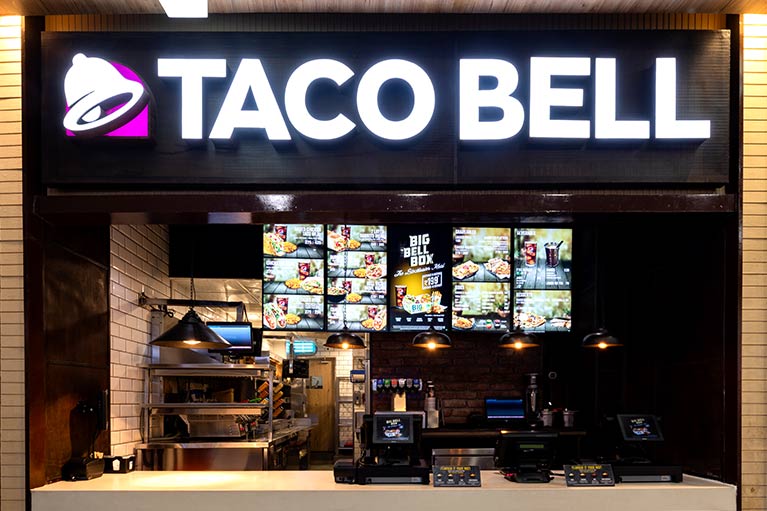
Today, the idea of a Taco Bell in Mexico has become something of a joke. Taco Bell has stayed out of the Mexican market ever since. ON NOISEY: I Spent All of 4/20 in Taco Bell Meanwhile, Taco Bell's contemporaneous move into the China market-where the outlets served soy milk and plum juice-was much more successful than the chain's second attempt to sell Mexican food to Mexicans. Some chalked the second failure up to the political climate in 2007: the mid-aughts were indeed an era of tougher enforcement of immigration laws and the inability to pass temporary-worker laws in the US.

The new stores closed in swift succession, and pundits tried to explain the debacle. Here, they have a year in operation and the most ironic part is that they are doing well. They want to come by force to sell us tacos in Taco Land.

Maybe the food shouldn't come with French fries."Ī food writer for Monterrey's El Norte newspaper summed it all up with the following: "What foolish gringos. They're very ugly." Another customer, Jonathan Elorriaga, told the AP reporter, "Something is lacking here. Marco Fragoso, an office worker remarked to the Associated Press at the time, "They're not tacos. Scott Montgomery-CEO of Brandtailers, a California ad agency-said, "It's like Mexicans coming up and trying to sell us hot dogs." Customers agreed. French fries and soft-serve ice cream proudly held forth on the menu Steven Pepper, the Yum! Brands Managing Director of Mexico admitted, "Our menu comes almost directly from the US menu." In fact, a half-page newspaper ad that ran at the time came straight out and told the public, "One look alone is enough to tell that Taco Bell is not a 'taqueria.' It is a new fast-food alternative that does not pretend to be Mexican food." In 2008 alone, Taco Bell planned to open between eight and ten locations throughout Mexico.Īt that first Monterrey location, Taco Bell made no attempts to hide how gringo-ish its food really was. The goal was to reach 800 international locations, with 300 stores to open throughout Mexico. We're a quick-service restaurant, and value and convenience are our core pillars." Poetsch claimed that this venture would be different, because the brand had changed by then-it had become more international, with 230 locations outside of the US-and a consumer-research team had been put in place.

"We're not trying to be authentic Mexican food," explained Rob Poetsch, who was the director of public relations at Taco Bell at the time. This second attempt called for a new approach. READ MORE: I Ate Lunch at the 'Original' Taco Bell In 2007, when the fast-food company opened another outlet south of the border, the Chicago Tribune wrote that the move meant "the cultural walls fell for good." Hopes were high after almost a 15-year absence, Taco Bell could once again be found in our southern neighbor Mexico-this time next to a Dairy Queen in the parking lot of a fancy shopping mall just outside of Monterrey. One iconic comment on the issue came from Carlos Monsivais, a cultural critic, who spoke to the Associated Press at the time and dubbed the attempt to bring tacos to Mexico "like bringing ice to the Arctic." In short order, the first Taco Bells in Mexico were shut down less than two years after opening and the chain retreated back across the border.īut by the mid-aughts, Taco Bell was ready to try to break into the Mexican market once again. Still, the Mexican population wasn't buying it.


 0 kommentar(er)
0 kommentar(er)
